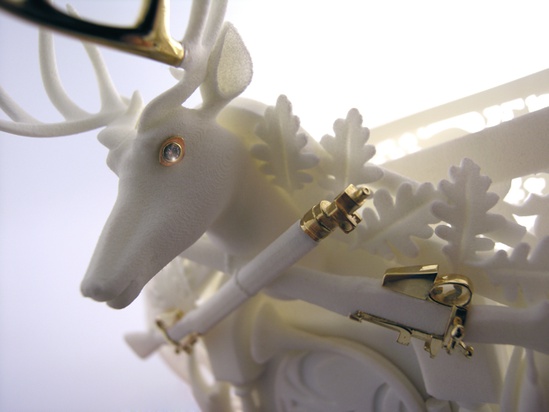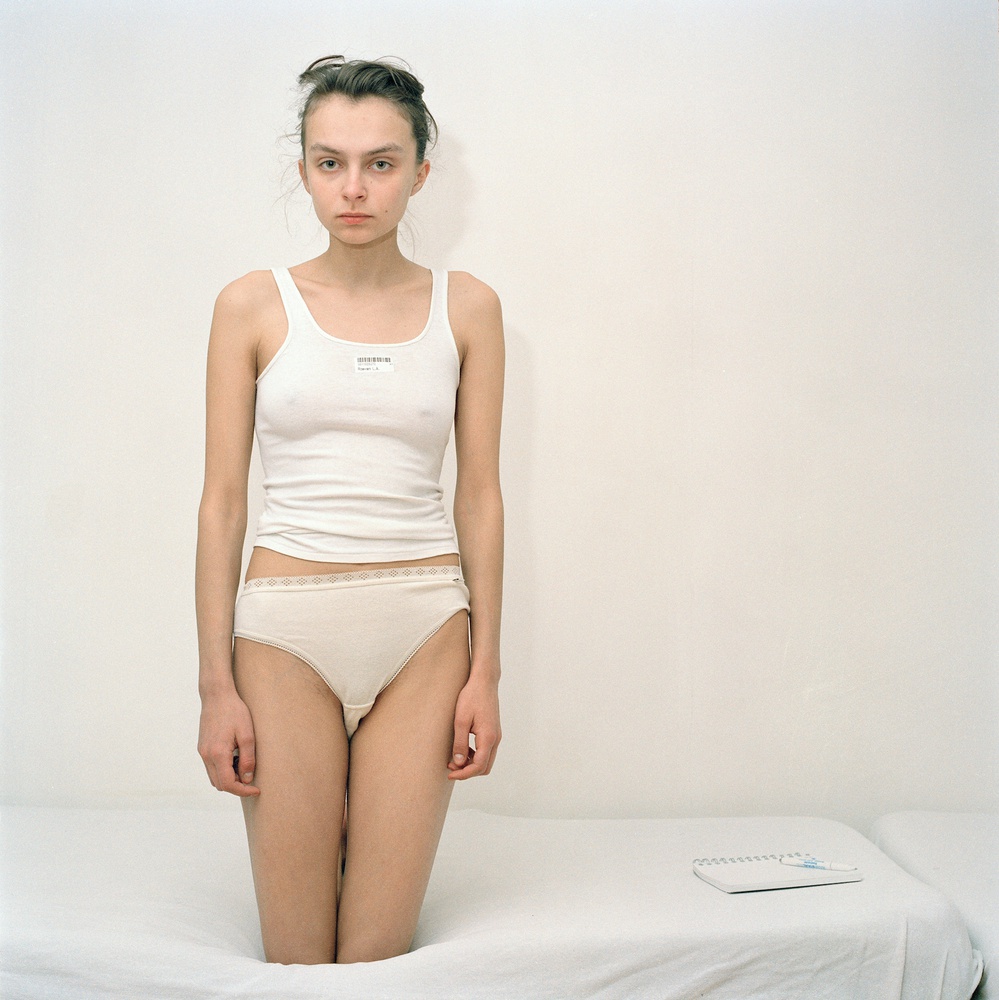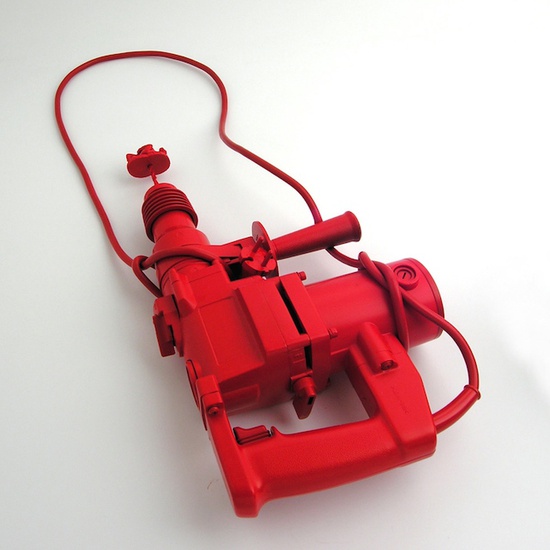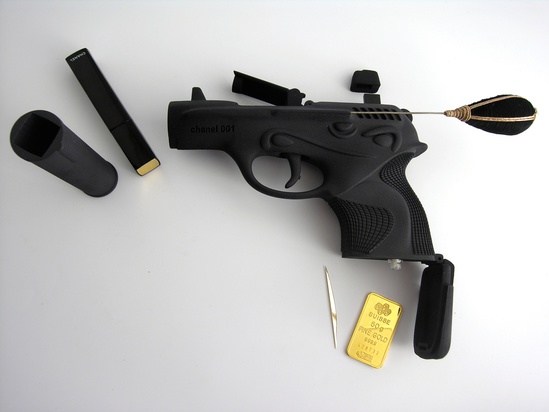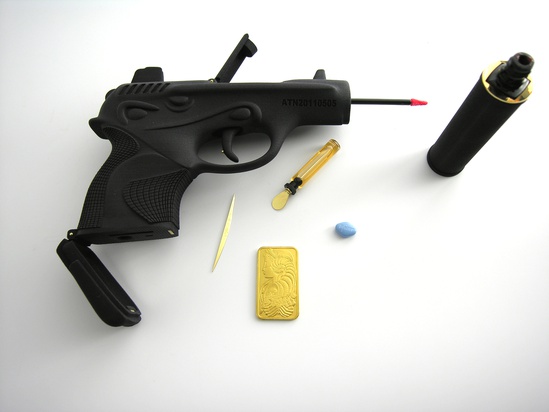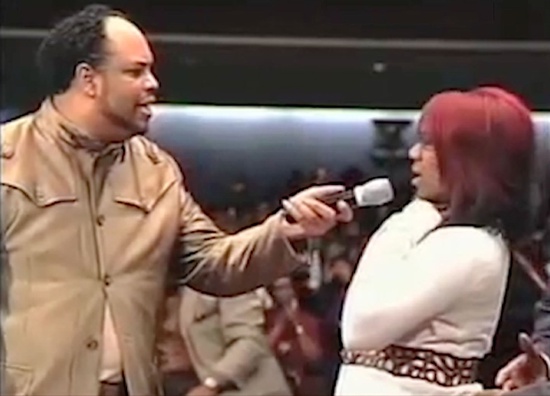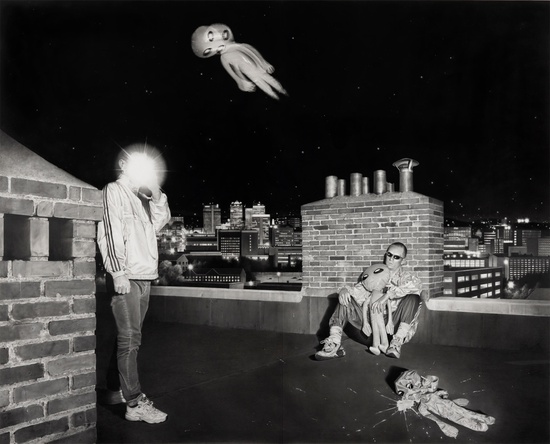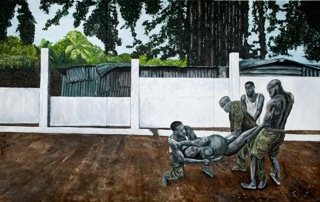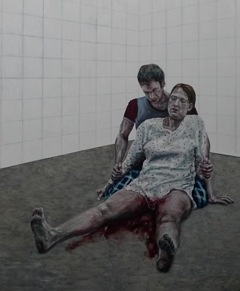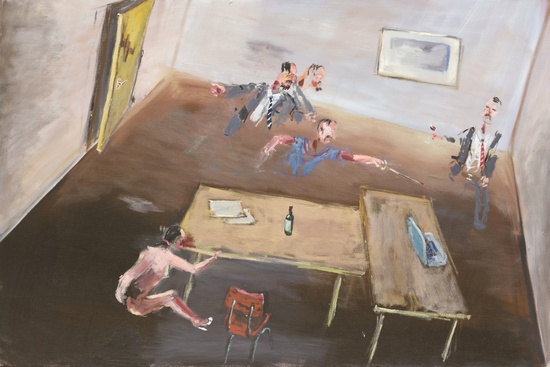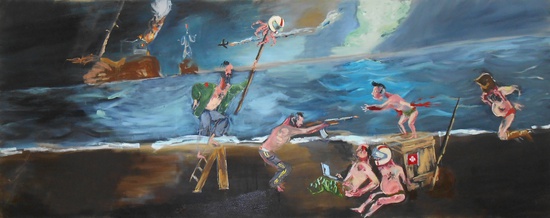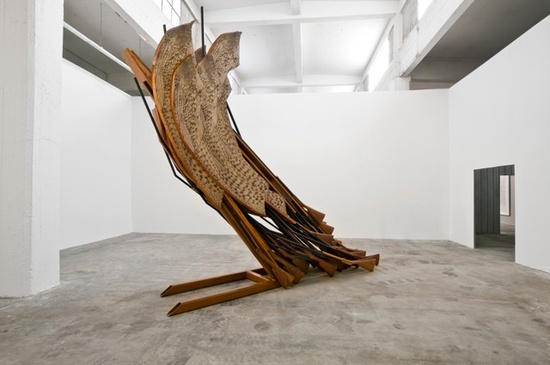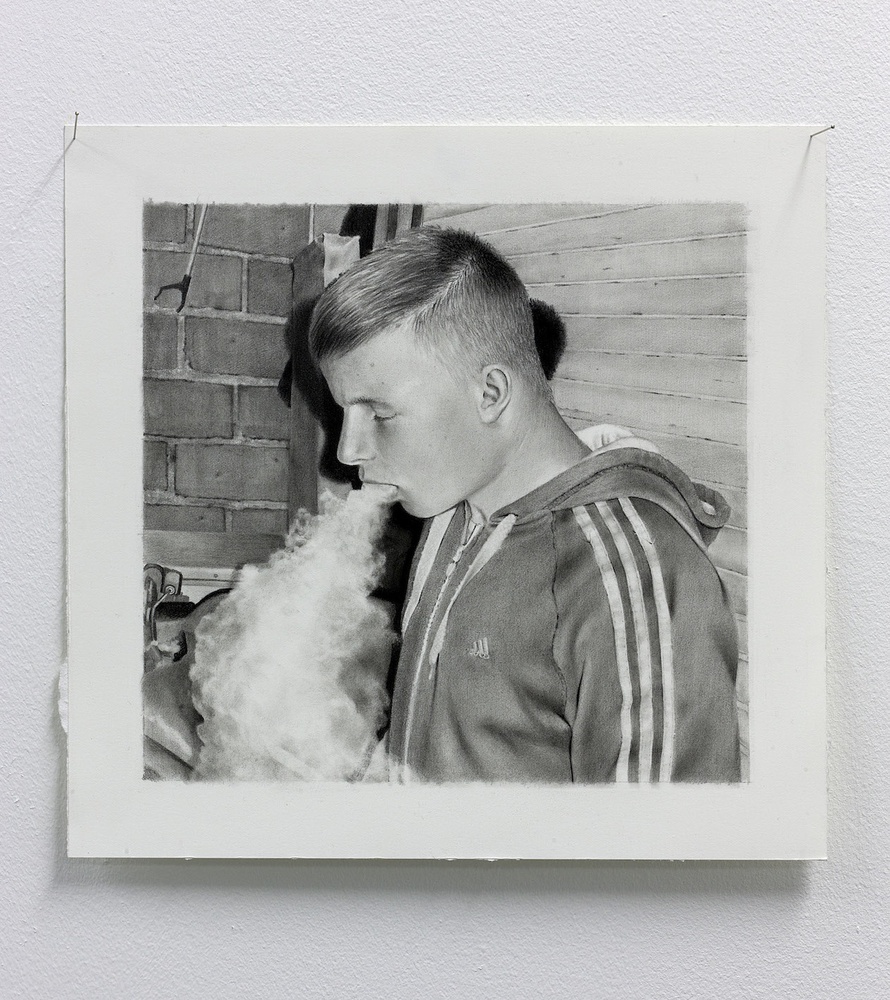ExhibitionBeauty of Violence
Tekst: Hans van der Ham en Yasmijn Jarram
The group exhibition Beauty of Violence examines two concepts that at first sight appear to be opposites: beauty and violence. What relationship do they have with one another and with art? Seven artists exhibit work in which violence plays various roles.
Historically, the Christian church commissioned artists to portray the suffering of Christ as a means of educating the populace. The idea was to safeguard people from the consequences of living too profligate a life. Since then, displaying violence in our society has become fairly normal. Every day we are inundated with violence in all its forms: from the violence of large-scale wars to domestic violence or an inner mental struggle.
Journalism is the source of most of the violence that we see. However, it bears little relationship to beauty and composition in the way that art does. Art is not just about what is being presented, but also about how it is presented. In fact, the works of art in Beauty of Violence are not actually about violence or beauty. Instead, the participating artists are more likely to have taken violence as a source of inspiration, or they have found a more subtle way of weaving it into their work. Sometimes it is a response to what is happening in the outside world; at other times the result of a more personal inner conflict.
The latter is particularly visible in the work of L.A. Raeven. The video on display shows two women who are swimming and engaged in a physical battle. Are they trying to drown one another or is one actually trying to save the other? Similarly, the drawings of David Haines are also open to several interpretations. Although violence seems to be involved at first sight, slowly but surely the significance of the scene starts to alter.
The paintings of Aaron van Erp and Ronald Ophuis exude the same sinister atmosphere. The subjects of their work vary from child abuse to complete terrorism. While Van Erp only hints at violence with his almost humorous representations of people, Ophuis confronts his onlookers with realistic images of acts of – political or non-political – violence.
Ted Noten, Thom Puckey and Eylem Aladogan use symbols of violence in exploring the relationships between men and women. Noten, for instance, transformed a chastity belt into an aesthetic object and portrayed a weapon as a storage space for female attributes such as lipstick and a vibrator. Puckey’s aesthetised female figures contract sharply with the masculine weapons they often bear, whilst the enormous sculptures play off masculinity and romance against one another - as are beauty and destruction.
While the church felt that images of violence could serve as a means of educating people, these artists make it clear that the subject is secondary to the effect of a work of art: in the end, the simple fact is that dignity always results from all good art.

